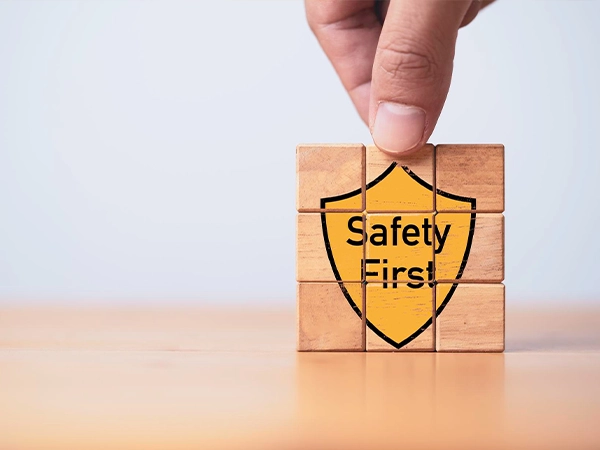10 Safety Rules
In our commitment to maintaining a safe and secure workplace, we’ve harnessed the power of E-learning to deliver crucial Health and Safety information. Our innovative course features interactive materials, including, gamified assessments, and personalized content tailored for the Oil and Natural Gas industry. The training educates all employees on the fundamental safety principles our organization follows, ensuring a high standard of safety at the workplace.
By prioritizing safety, we aim to prevent accidents, protect workers from harm, and comply with industry regulations. These rules are designed to minimize risks and create a culture of responsibility, ensuring that everyone goes home safely at the end of the day.
Training Objectives:
- Understand the importance of Personal Protective Equipment (PPE) usage.
- Recognize the significance of a permit to work.
- Ensure a safe and clean system of work.
- Identify safe working practices at height.
- Understand the importance of safety-critical equipment.
- Implement proper load handling procedures.
- Recognize the risks of mobile phone use in operational areas.
- Assess the consequences of smoking, drinking, and drug abuse in the workplace.

- Who Can Pursue: All executives and non-executives
- Duration: 1 hour
- Mode of Training: E-learning
- Type: Multiple Choice Questions (MCQs)
- Number of Questions: 10
- Passing Percentage: 80%
Topics Covered:
1. Personal Protective Equipment (PPE) Usage
Learn the importance of using the right PPE as outlined in the Risk Assessment and Site Requirements, ensuring extra protection through simple, proactive measures. PPE serves as a last line of defense, significantly reducing the risk of injury or exposure to harmful substances.
